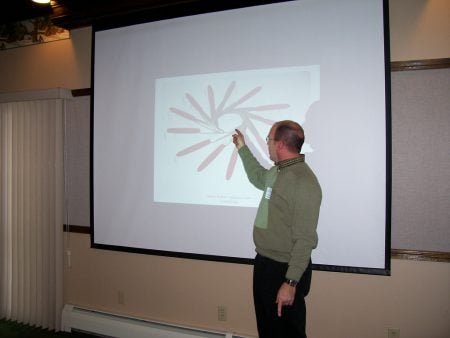Many leaders are principle-driven, enlisting personal values and learnings toward guiding their actions that result in measurable improvements. In contrast, lesser leaders might be guided by out-of-sync principles that don’t achieve superior results. Worse, lowest-echelon performers either ignore the results of their actions or, worse, make excuses to justify they’re right and everyone else is wrong, typically blaming others or external factors. (“It’s not me or what I did, it’s them.” “Our workers are lazy, don’t care about their own Safety.”)
Clearly, strongest performance most likely emanates from reality-grounded principles. Take the Laws of Motion, which are an actual physical set of laws describing the workings of universal forces. Leaders can thoughtfully and strategically apply these to successfully navigate through the challenges of Safety leadership, for moving toward much greater organizational/cultural and measurable Safety improvements.
Law 1: Inertia. Often known as “A body at rest tends remain at rest; an body in motion tends to remain in motion,” it’s the principle of momentum that applies to more than just inert objects; people and organizations also tend to keep on keeping on. This reflects why changing anything can be difficult—whether a cultural status quo (“We don’t get many real suggestions for Safety improvements” or “People don’t report near misses”) or individual habits. (“They just don’t lift the right way so we continue to have back injuries.”)
Read more at OHSOnline.com




